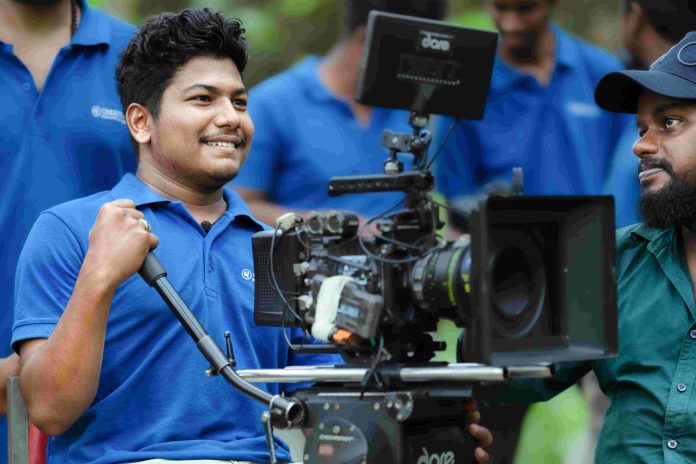Form aspires to be one with the formless, motion aspires to be one with the motionless, and the dancing individual aspires to be one with the cosmos’ endless dance.
Unveiling the Elegance: Tamil Nadu temples are the rich heritage of Bharatanatyam, the pinnacle of Indian classical dance. Exploring the Origins:
Bharatanatyam, a paramount Indian classical dance style, stands as the progenitor of various other classical dance forms in the country. This dance style, which first appeared in the sanctuaries of Hindu temples in Tamil Nadu, reached its pinnacle as a solo performance that featured only women.
Tracing Roots: The Theoretical Tapestry in ‘Natya Shastra’
The theoretical underpinnings of Bharatanatyam find their roots in the ancient Sanskrit Hindu treatise, ‘Natya Shastra.’ This venerable scripture delineates the intricate nuances of the performing arts, encompassing instructive anecdotes like Nrita, Nritya, and Natya. These facets involve dancers conveying Hindu religious themes and spiritual concepts through captivating footwork and expressive gestures.

Alapadam: This represents the full opened lotus
Harmony in Performance: Collaborative Ensemble of Artistry
At the core of Bharatanatyam’s allure lies not only the dancer but also the symbiotic accompaniment of a vocalist, music, and a pivotal guru overseeing the performance. This collaborative ensemble ensures a mesmerizing presentation that captivates audiences with its grace and artistic finesse.

Sarpasirsham: This mudra is used to denote a snakes hood, sandal paste, siower, sprinkling
water
Crafting Myths in Stone: The Impact of Temple Reliefs
Bharatanatyam takes influence from the vibrant temple sculptures that date from the sixth to the ninth centuries CE. Encapsulating the essence of ‘bhava’ (feelings), ‘raga’ (melody), and ‘tala’ (rhythm), these sculptures tell stories of ‘bha’ (emotion), ‘ra’ (melody), and ‘ta’ (rhythm). It turns into an embodiment of a style of dancing in which rhythm, melody, and emotion all work together harmoniously.

Alapadama & Aralam: Alapadama represents lotus and aralam is used to represent the action of drinking, violent wind.
The Mythical Genesis: Lord Brahma’s Divine Revelation
According to legend, Lord Brahma gave the sage Bharata the gift of the celestial art form known as Bharatanatyam. This supernatural revelation resulted in the dancing form being codified in the Natya Shastra, an extensive compilation of thousands of poems arranged into chapters.

Trisoolam & Shikaram: This represents spear and aromour.
Art Exposed: “Nrit,” “Nritya,” and the Relationship with Silappatikaram
The book divides dance into two categories: “nrita,” or pure dance with elegant hand gestures, and “nritya,” or solo expressive dance with a wealth of emotions. Bharatanatyam’s cultural significance is cemented when it is expressly referenced in Tamil literature’s second-century epic, Silappatikaram.

Mrugshirsha: This represents a deer’s head
Stone Carving: The Development of Bharatanatyam
By the middle of the first century CE, the elaborate carvings that decorate ancient buildings showed how Bharatanatyam had developed. The chapter “Bharatanatyam” in the cultural panorama that Silappatikaram’s “Art and Culture Photograph” captures attests to the dance form’s increasing relevance.

Alapadama & Simhamukham: Represents lion face and
lotus.
Copyrights:
All the photos and text in this post are copyright of Abiraj M.,Tamil Nadu Creative Hut Institute of Photography and Film.Their reproduction, full or part, is forbidden without the explicit approval of the rightful owners.


